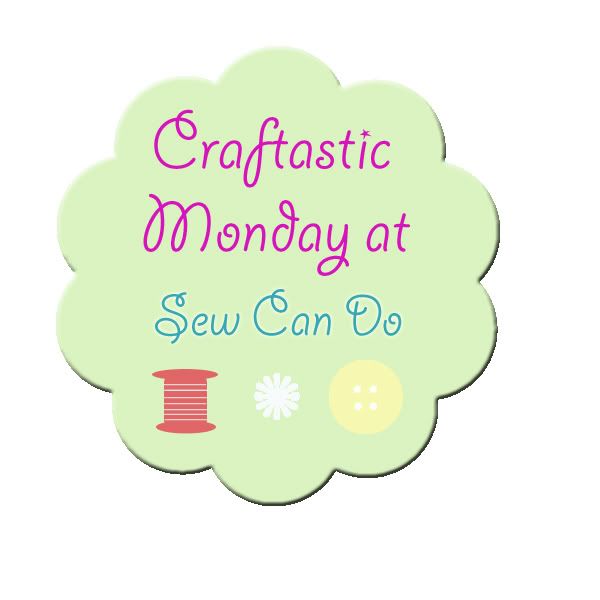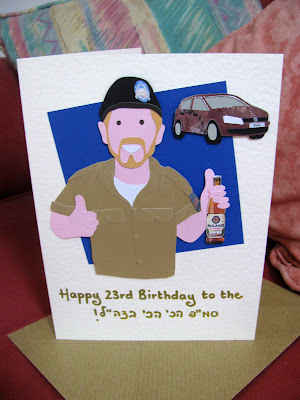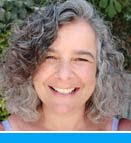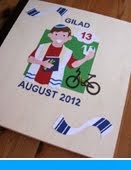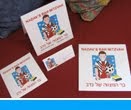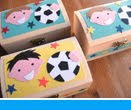The synagogue's excavation in 1929.

Photo credit: Boaz Eshkol
Beit Alpha was a small Roman/Byzantine agriculture village, situated at the northern foothills of Mount Gilboa. The village was established during the 1st century CE. The synagogue itself was built at the end of the 3rd century, while its mosaic floor was commissioned at the beginning of the 6th century. In 749 CE it was destroyed during a massive earthquake which levelled many of the towns and cities in the region. It remained in ruins until the 20th century.
Two Kibbutz settlements were established in 1922 around the ruins of the Roman village. The Kibbutz and synagogue on the east side were named after the nearby abandoned Arab village Khirbet Bait Ilfa - "Beit Alpha". The Kibbutz on the west was named "Hefzibah" after the farm adjacent to Hadera where the original settlers worked before they relocated. The name "Hefzibah" comes from the Bible, where G-d speaks about his love for Israel: "Nevermore shall you be called 'Forsaken,' nor shall your land be called 'Desolate;' But you shall be called 'I delight in her [Hefziba]'" (Isa. 62:4).
Photo source: Wikipedia
Photo source: Wikiwand
The ancient synagogue of Beit Alpha is oriented southwards, toward Jerusalem, and consists of a courtyard, corridor and rectangular prayer hall. The prayer hall is divided by two rows of stone-built pillars into a central nave and two side aisles. The pillars probably supported the arches and the gabled roof of the synagogue. Scholars assume that there was a second storey above the two aisles, serving as a women's gallery.
The colourful mosaic floor covers the central nave and is divided into three different panels, all enclosed by a decorated band with a variety of motifs: geometric patterns, fruit, birds and animals. The panels depict, from north to south:
The colourful mosaic floor covers the central nave and is divided into three different panels, all enclosed by a decorated band with a variety of motifs: geometric patterns, fruit, birds and animals. The panels depict, from north to south:
A scene from the Biblical story of the binding of Isaac, above, top. On the right is an altar with flames rising from it. Abraham stands next to it, one hand holding his son Isaac and the other a long knife. The names of Abraham and Isaac are inscribed above the figures.
Under the scene are two inscriptions flanked by a lion and a bull facing each other, one in Aramaic and one in Greek, above. The lower Aramaic inscription states that the mosaic floor was laid during the reign of Emperor Justin (probably Justin I, 518-527 CE) and that the cost was covered by donations from members of the community. The upper Greek inscription reads: May the craftsmen who carried out this work, Marianos and his son Hanina, be held in remembrance. These craftsmen are also listed as the mosaic craftsmen of the nearby Beit She'an synagogue.
The Holy Ark, above, is depicted with a gabled roof and behind a curtain and is protected on both sides by two ostriches and heraldic lions. The eternal flame is in the centre. On either side of the ark is a lit menorah (candelabrum) and traditional Jewish ritual objects such as the shofar (ram's horn), lulav (palm branch) and etrog (citron). This design is also common to other ancient synagogues in the region.
Under the scene are two inscriptions flanked by a lion and a bull facing each other, one in Aramaic and one in Greek, above. The lower Aramaic inscription states that the mosaic floor was laid during the reign of Emperor Justin (probably Justin I, 518-527 CE) and that the cost was covered by donations from members of the community. The upper Greek inscription reads: May the craftsmen who carried out this work, Marianos and his son Hanina, be held in remembrance. These craftsmen are also listed as the mosaic craftsmen of the nearby Beit She'an synagogue.
Photo credit: https://www-spof.gsfc.nasa.gov/stargaze/Sjewcale.htm (unknown author)
A zodiac, above, appears in the central panel. These astrological signs were widely used as decorative elements in both churches and synagogues of the Byzantine period. The twelve signs are arranged in a circle and accompanied by their Hebrew names. In the centre of the zodiac, the sun god Helios is driving his horse drawn chariot across the sky. The four seasons appear in the corners of the panel in the form of busts of winged women wearing jewels; they are inscribed with the Hebrew months initiating each season: Nisan (spring), Tammuz (summer), Tishri (autumn) and Tevet (winter).
Photo credit: Zev Radovan/Bible Land Pictures
* This post has been shared on All Seasons, The Good. The Random. The Fun., Wordless Wednesday (on Tuesday), Sharon's Souvenirs, Our World Tuesday, Tuesday's Treasures, Pictorial Tuesday, Travel Tuesday and My Corner of the World.






















